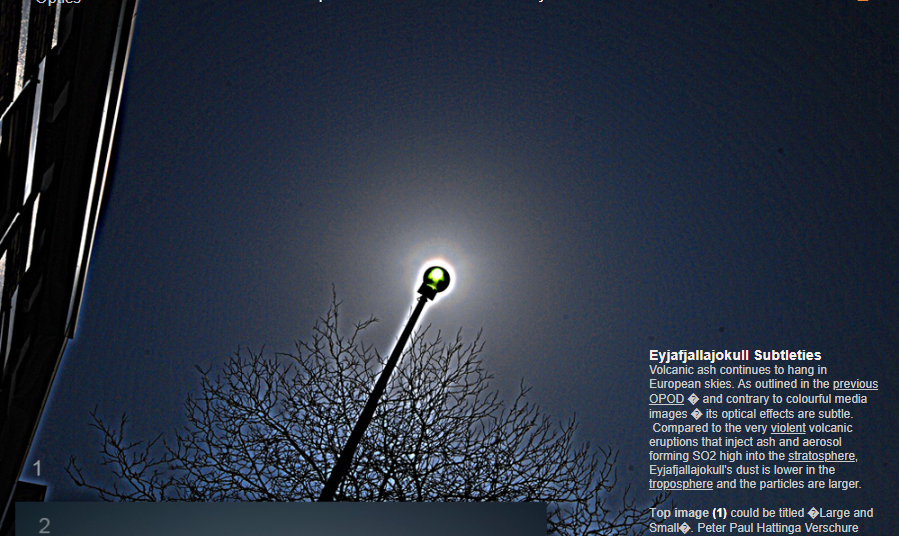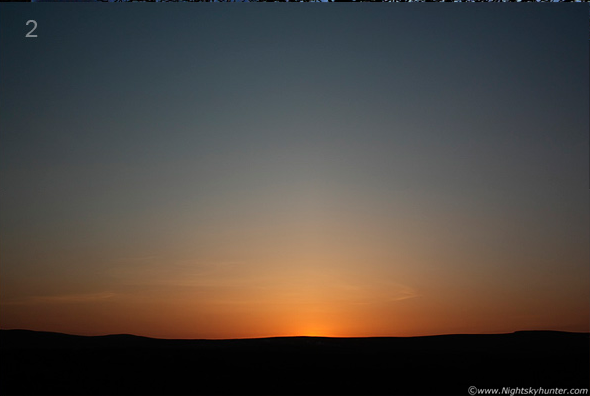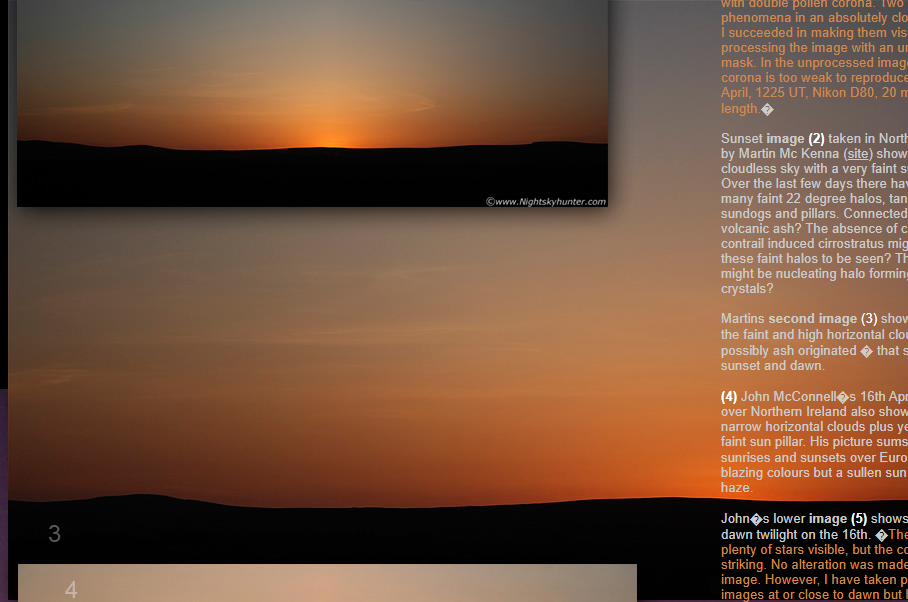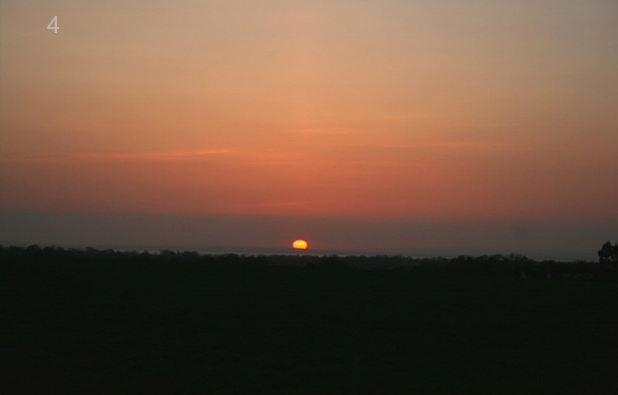Eyjafjallajokull Subtleties
Eyjafjallajokull Subtleties: Unveiling the Optical Effects of Volcanic Ash
The lingering presence of volcanic ash from Eyjafjallajokull continues to captivate our attention, but the optical effects it produces are far more subtle than the dramatic images portrayed in the media. Unlike other volcanic eruptions that forcefully inject ash and aerosols high into the stratosphere, Eyjafjallajokull's dust remains lower in the troposphere, with larger particles. Let's explore the intriguing subtleties of this phenomenon and uncover the hidden optical marvels it entails.
The Play of Light: Large and Small
A remarkable photograph captured by Peter Paul Hattinga Verschure in Deventer, Holland, on April 18th, showcases the fascinating interplay between large and small particles. The image portrays a magnificent Bishop's Ring aureole emanating from the partially obscured sun. This ethereal spectacle is a result of diffraction caused by volcanic dust. Interestingly, a similar effect can be observed on a much smaller scale, where tiny rings of a corona, formed by larger pollen grains, surround the masked sun. The simultaneous occurrence of these two diffraction phenomena in an absolutely cloudless sky is truly mesmerizing.
Halo Mysteries Unveiled
Martin Mc Kenna's photograph taken in Northern Ireland reveals a nearly cloudless sky embellished with a faint sun pillar during sunset. In recent days, observers have reported sightings of various other subtle optical phenomena such as faint 22-degree halos, tangent arcs, sundogs, and pillars. Could these ethereal manifestations be connected to the presence of volcanic ash? The absence of contrails and contrail-induced cirrostratus clouds might allow these delicate halos to become more visible. It is plausible that the dust particles act as nuclei for the formation of ice crystals that give rise to these mesmerizing halos.
The Ashy Veil: A Dawn and Dusk Symphony
John McConnell's photograph captures the essence of the hazy sunsets and sunrises witnessed across Europe during the Eyjafjallajokull eruption. The image showcases narrow horizontal clouds, potentially originating from ash, that adorn the sky during these twilight hours. The sun, shrouded in deep haze, emits a somber glow, devoid of the blazing colors often associated with such celestial events. This phenomenon presents a striking contrast to the vivid and vibrant hues typically observed during dawn and dusk.
The Enigmatic Dawn Twilight
In another captivating image by John McConnell, taken on April 16th, we are presented with the enchanting early dawn twilight. The photograph reveals a peculiar coloration that is rarely seen during this time of day. The camera settings were left at default, providing an accurate representation of what was observed. The distinct hue, tinged with purple, could potentially be attributed to sulfate aerosols formed in the lower stratosphere. However, the scattering of light by the lower tropospheric dust masks much of the purple until the ash dissipates, which shows no signs of happening anytime soon.
A Glimpse into the Eyjafjallajokull Subtleties
The images captured during the Eyjafjallajokull eruption offer us a glimpse into the intricate subtleties of atmospheric optics. While the volcanic ash may not create the dazzling displays commonly associated with volcanic eruptions, it unveils a world of delicate phenomena that can only be observed with careful attention and keen observation. From the interplay between large and small particles to the enigmatic colors of dawn and dusk, each image tells a story of the unique atmospheric conditions brought about by this natural spectacle.
Unraveling Nature's Secrets: Further Research Opportunities
As we continue to study and document the optical effects of volcanic ash, there are still many mysteries waiting to be unraveled. The subtleties witnessed during the Eyjafjallajokull eruption provide valuable insights into the behavior of ash particles in the atmosphere and their interaction with sunlight. Further research in this field can deepen our understanding of atmospheric optics, contribute to improved air travel safety during volcanic events, and enhance our appreciation for the intricate beauty hidden within our skies.
In conclusion, the Eyjafjallajokull eruption has gifted us with a unique opportunity to witness the lesser-known subtleties of atmospheric optics. Through captivating images and careful observation, we have unveiled the hidden wonders of diffraction, halo formations, and the ethereal ambiance of dawn and dusk. Let us continue to explore, study, and appreciate the mesmerizing interplay between light and particles that grace our skies during such extraordinary natural events.

Eyjafjallajokull Subtleties
Volcanic ash continues to hang in European skies. As outlined in the previous OPOD � and contrary to colourful media images � its optical effects are subtle. Compared to the very violent volcanic eruptions that inject ash and aerosol forming SO2 high into the stratosphere, Eyjafjallajokull's dust is lower in the troposphere and the particles are larger.
Top image (1) could be titled �Large and Small�. Peter Paul Hattinga Verschure captured it on Sunday April 18 at Deventer in Holland. A huge Bishop�s Ring aureole spreads out from the shielded sun. Diffraction by volcanic dust produced it. The exact same effect is present on a much smaller scale. Close to the masked sun are the comparatively tiny rings of a corona made by much larger pollen grains. �Today another Bishops�ring event .earlier one., but now simultaneously seen with double pollen corona. Two diffraction phenomena in an absolutely cloudless sky! I succeeded in making them visible by processing the image with an unsharp mask. In the unprocessed image the pollen corona is too weak to reproduce. Data: 18 April, 1225 UT, Nikon D80, 20 mm focal length.�
Sunset image (2) taken in Northern Ireland by Martin Mc Kenna (site) shows an almost cloudless sky with a very faint sun pillar. Over the last few days there have been many faint 22 degree halos, tangent arcs, sundogs and pillars. Connected with volcanic ash? The absence of contrails and contrail induced cirrostratus might allow these faint halos to be seen? The dust might be nucleating halo forming ice crystals?
Martins second image (3) shows clearly the faint and high horizontal clouds � possibly ash originated � that show up at sunset and dawn.
(4) John McConnell�s 16th April sunset over Northern Ireland also shows the narrow horizontal clouds plus yet another faint sun pillar. His picture sums up the sunrises and sunsets over Europe � no blazing colours but a sullen sun in deep haze.
John�s lower image (5) shows the early dawn twilight on the 16th. �There were still plenty of stars visible, but the colour is quite striking. No alteration was made to the image. However, I have taken plenty of images at or close to dawn but have never seen this colour. The camera was also on default settings so this is what the camera saw.� We might expect enhanced purple twilights from any sulfate aerosol that has formed in the lower stratosphere. The purple will be largely masked by scattering from the lower tropospheric dust until the latter dissipates � presently there is little sign of that happening.
Images ©as described and shown with permission.



Note: this article has been automatically converted from the old site and may not appear as intended. You can find the original article here.
Reference Atmospheric Optics
If you use any of the definitions, information, or data presented on Atmospheric Optics, please copy the link or reference below to properly credit us as the reference source. Thank you!
-
<a href="https://atoptics.co.uk/blog/eyjafjallajokull-subtleties/">Eyjafjallajokull Subtleties</a>
-
"Eyjafjallajokull Subtleties". Atmospheric Optics. Accessed on April 20, 2024. https://atoptics.co.uk/blog/eyjafjallajokull-subtleties/.
-
"Eyjafjallajokull Subtleties". Atmospheric Optics, https://atoptics.co.uk/blog/eyjafjallajokull-subtleties/. Accessed 20 April, 2024
-
Eyjafjallajokull Subtleties. Atmospheric Optics. Retrieved from https://atoptics.co.uk/blog/eyjafjallajokull-subtleties/.